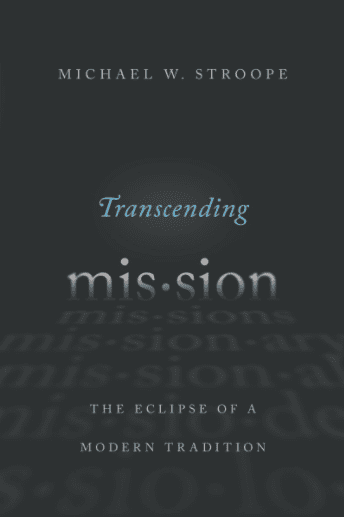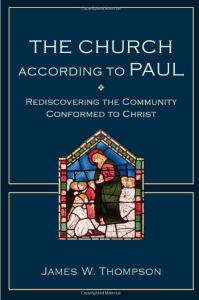 Suddenly some Christian leaders began talking about “incarnation” and “incarnational” but the terms were referring not to God Incarnate, that is, God-becoming-body-and-flesh-and-blood, but instead of Christians and churches having an incarnational approach instead of an attractional approach. Then “incarnational” folks got tied to “missional” so that incarnational and missional mean much the same to many. But do they?
Suddenly some Christian leaders began talking about “incarnation” and “incarnational” but the terms were referring not to God Incarnate, that is, God-becoming-body-and-flesh-and-blood, but instead of Christians and churches having an incarnational approach instead of an attractional approach. Then “incarnational” folks got tied to “missional” so that incarnational and missional mean much the same to many. But do they?
My colleagues, David Fitch and Geoff Holsclaw, dip into this “incarnation” discussion their 3d Signpost in their new book, Prodigal Christianity. To review, Signpost #1 is Post-Christendom, Signpost #2 is Mission of God, and Signpost #3 is Incarnation. Some fight the good fight of declaring and defending the Deity of Christ, while others focus rather one-sidedly on his humanity.
Do you like the word “incarnational” for ministry? for something the church is and the church does, of for something the individual is or does?
Fitch and Holsclaw contend we don’t need to defend; instead, “we need only bear witness to the reality of his working in our lives. For us, then, the past-event version of incarnation is not prodigal enough” (34). [False dichotomy a bit here in that apologetics do have some value, at least I would argue so.]
The big issue for them is that the Incarnation continues in the Body of Christ — so they shift to more recent model-of-Jesus approach: “Jesus is not just a divine event lost in the past but a living human possibility His life can live through our lives if we follow the model he left behind” (35).
The 3d signpost then is the “journey of God into everyday life.” It is about “God’s continuing presence with us” (37). On p. 41 they connect this to the church, the Body of Christ. But before they get there they tie incarnation to “kingdom” and Jesus’ public ministry — in a Trinitarian formula. The disciples “extend” the incarnation of Christ into this world as they extend kingdom. The deity and humanity of Christ are respected. Fitch and Holsclaw contend Hirsch’s incarnational model is too individualistic. They see incarnational mission becomes present especially in the church.
“In essence, we extend the incarnation (his ‘withness’) and bring his kingdom (what already exists and is at work in the world) into visibility before the rest of the world” (45). Where and how? is what I’d ask. They provide an example of reconciliation. Reconciliation within leads to reconciliation in the world.











